Research Units
View by Faculty Member, Research Unit, or Research Specialties
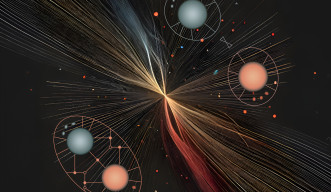
Algebraic Combinatorics and Fundamental Physics
The Algebraic Combinatorics and Fundamental Physics Unit investigates new algebro-combinatorial and geometric structures underlying quantum field theory, focusing on scattering amplitudes, total positivity, amplituhedra, and cluster algebras.

Matteo Parisi
Assistant Professor (Transitional)
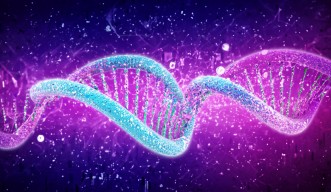
Algorithms for Ecological and Evolutionary Genomics
The Algorithms for Ecological and Evolutionary Genomics Unit develops computer algorithms for core problems in genomics to study the genomes of every extant species on our planet.

Gene Myers
Professor (Adjunct)
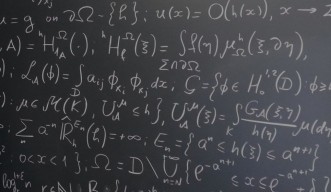
Analysis and Partial Differential Equations Unit
The mission of the Analysis and PDE unit is to reveal and analyze the mathematical principles reflecting natural phenomena expressed by partial differential equations and advance the boundar...

Ugur Abdulla
Professor
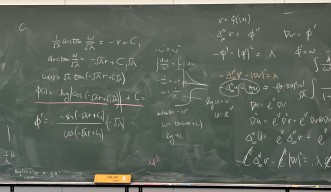
Analysis on Metric Spaces Unit
Analysis on Metric Spaces Unit explores analytic and geometric problems arising in diverse spaces, especially those with no priori smooth structures. Our research focuses on partial diff...

Xiaodan Zhou
Assistant Professor
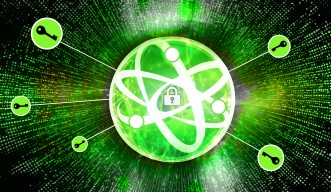
Applied Cryptography Unit
The Applied Cryptography Unit investigates the design and analysis of modern cryptographic primitives and schemes used to protect the confidentiality and integrity of data – at rest, being communicated or computed upon – both in the classical and the quantum settings. Particular areas of interest include the design and analysis of quantum / post-quantum cryptography schemes, the algebraic cryptanalysis of symmetric and asymmetric key algorithms, as well as the design and analysis of primitives for privacy-preserving cryptographic mechanisms.

Carlos Cid
Professor (Adjunct)

Astrophysical Big Bang Group
Our group focuses on unveiling lots of mysteries surrounding astrophysical explosive phenomena such as supernovae (SNe) and gamma-ray bursts (GRBs). SNe and GRBs are the most powerful explosions in the universe, yet very little is known about their explosion mechanisms. These astrophysical big bangs fascinate us with their unknown physics and puzzling astronomical phenomena such as gravitational waves, neutrinos, nucleosynthesis, non-equilibrium ionization, ultra-high-energy cosmic rays. Through our theoretical and computational approaches, we strive to reveal the complete pictures of these explosions and provide the-state-of-the-art physical interpretations for current, cutting-edge observations and useful predictions for future observations by next-generation astronomical observatories.

Shigehiro Nagataki
External Professor
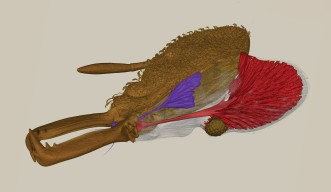
Biodiversity and Biocomplexity Unit
The Biodiversity and Biocomplexity Unit explores how ecological and evolutionary processes generate and sustain biodiversity, and how those processes are being altered by human activities.

Evan P. Economo
Professor (Adjunct)
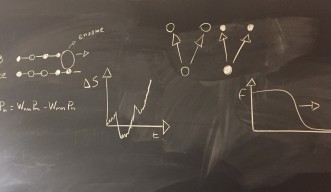
Biological Complexity Unit
The Biological Complexity Unit studies how biophysical systems, ranging from subcellular circuits to cellular populations, can function despite being subject to random fluctuations.

Simone Pigolotti
Professor

Biological Design Unit
The Biological Design Unit investigates what determines biological forms by untangling the evolution of structural functions and organismal development in the changing climate.

Naomi Nakayama
Professor
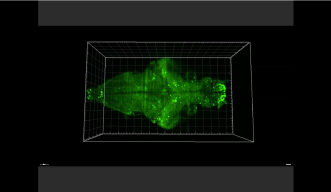
Biological Nonlinear Dynamics Data Science Unit
The biological nonlinear dynamics data science unit investigates complex systems explicitly taking into account the role of time. We do this by instead of averaging occurrences using their statistics, we treat observations as frames of a movie and if patterns reoccur then we can use their behaviors in the past to predict their future. In most cases the systems that we study are part of complex networks of interactions and cover multiple scales. These include but are not limited to systems neuroscience, gene expression, posttranscriptional regulatory processes, to ecology, but also include societal and economic systems that have complex interdependencies. The processes that we are most interested in are those where the data has a particular geometry known as low dimensional manifolds. These are geometrical objects generated from embeddings of data that allows us to predict their future behaviors, investigate causal relationships, find if a system is becoming unstable, find early warning signs of critical transitions or catastrophes and more. Our computational approaches are based on tools that have their origin in the generalized Takens theorem, and are collectively known as empirical dynamic modeling (EDM). As a lab we are both a wet and dry lab where we design wet lab experiments that maximize the capabilities of our mathematical methods. The results from this data driven science approach then allows us to generate mechanistic hypotheses that can be again tested experimentally for empirical confirmation. This approach merges traditional hypothesis driven science and the more modern Data driven science approaches into a single virtuous cycle of discovery.

Gerald Pao
Assistant Professor
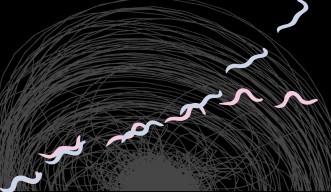
Biological Physics Theory Unit
We seek the principles governing the behavior of whole organisms, integrating physics, biology and computational approaches to understand life's most complex and fascinating phenomena.

Greg J Stephens
Associate Professor (Adjunct)
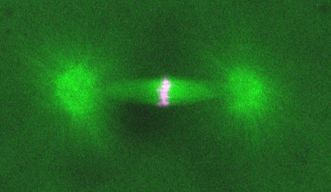
Cell Division Dynamics Unit
The Cell Division Dynamics Unit studies the mechanisms of chromosome segregation and cell fate determination during mitosis with a focus on mitotic spindle assembly and positioning in cultured human cells and Medaka embryos.

Tomomi Kiyomitsu
Assistant Professor

Cell Proliferation and Gene Editing Unit
Every day, millions of cells divide to sustain essential tissue functions. Errors in this process can lead to developmental disorders or cancer. Our research focuses on the molecular mechanisms of cell division and quality control in both normal and cancer cells, aiming to uncover how cells maintain genomic stability and regulate proliferation. By integrating high-throughput imaging, gene editing, and genome-wide screening, we seek to expand our understanding of these fundamental processes and how their dysregulation contributes to cancer.
Our lab is driven by a curiosity-based approach, grounded in the belief that fundamental research is essential for uncovering the principles that govern life. By investigating the intricate mechanisms controlling cell division, genome maintenance, and cellular quality control, we aim to reveal how these processes go awry in cancer. Through this knowledge, we strive to identify cancer-specific vulnerabilities, discover novel biomarkers, and open new avenues for targeted therapeutic strategies.

Franz Meitinger
Assistant Professor

Cell Signal Unit
Using a mouse model, the Cell Signal Unit explores the cause of various diseases that include cancer, neuronal disorders, immunological diseases, and diabetes/obesity at the molecular level....

Tadashi Yamamoto
Professor
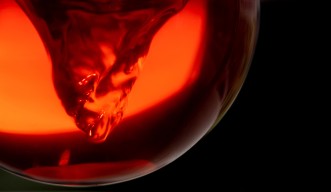
Chemistry and Chemical Bioengineering Unit
The Chemistry and Chemical Bioengineering Unit develops methods and strategies for the construction of organic molecules that contribute to biomedical research and drug discovery.

Fujie Tanaka
Professor

Chiral Representation Theory Unit
Chiral representation theory unit investigates the symmetries arising in quantum field theories. More specifically, it focuses on the representation theory of infinite-dimensional Lie algebras such as Kac–Moody algebras, and more generally, on vertex algebras.

Tomoyuki Arakawa
Professor
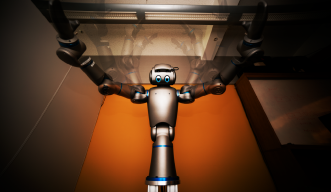
Cognitive Neurorobotics Research Unit
The Cognitive Neurorobotics Research Unit is dedicated to investigating the principles of embodied cognition by conducting experimental studies in synthetic neurorobotics. The primary goals of our research are to understand:on how innate structures can be leveraged to develop cognitive constructs through iterative but limited behavioral experiences; how primary intersubjectivity in social cognition can be formed through enactive and contextual interactions with others; and how subjective experiences such as consciousness and free will can be scientifically and phenomenologically explained. In addition, our developmental neurorobotics approach is intended to uncover the underlying mechanisms of neurodevelopmental disorders, such as schizophrenia and autism. Through these researches, we can expect to deepen our ontological understanding of human beings, rather than simply creating another smart machine-learning robot.

Jun Tani
Professor

Collective Dynamics and Quantum Transport
Collective Dynamics and Quantum Transport Unit explores dynamical and transport phenomena in various quantum matters and their spintronic, electronic, and quantum-information applications.

Shu Zhang
Assistant Professor





